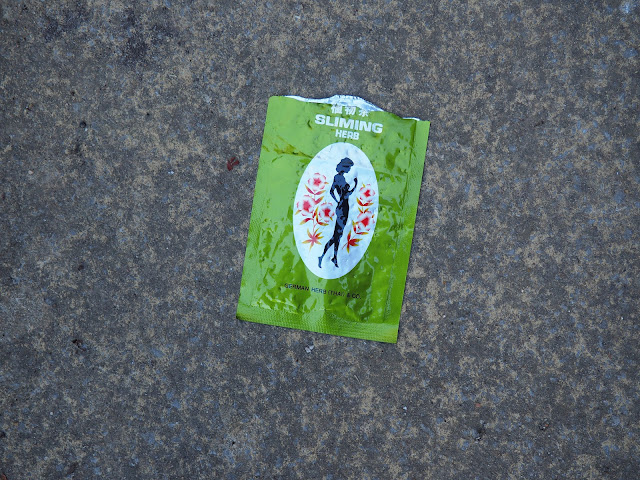I admit that I’d never heard the term ‘edgeland’ until I read Paul Farley and Michael Symmons Roberts’ book Edgelands, published in 2011, and subtitled ‘Journeys into England’s true wilderness.’
A look at the contents page tells you what kind of journeys to expect: Wasteland, Landfill, Sewage, Pallets, Ranges, Dens and 20 or so others. As man who has a taste for ruins and deserts I’ve found myself walking in quite a few of these places. And even if I didn’t know the word edgeland, I was certainly was familiar with the concept.
Farley and Roberts are poets, which gives rise to passages like this, ‘On a summer evening, stepping through a gap in the rusty corrugated iron and entering a well-established wasteland is to enter and arbour of scents.’ Or this: ‘Why is there always an abandoned TV in the rubble? They are so ubiquitous in life that their bodies in death litter our wastelands. And why does a dead TV’s blank face resonate so much with us? Is this our image of oblivion?’ I’d say not, but I understand how a man can get philosophical while walking in the wasteland.
Now, if I’d been paying more attention to trends in urban planning, I’d have known that the word edgelands was used, and possibly devised by Marion Shoard in 2000 or so, in an essay titled ‘Edgelands of Promise’ and revised before its appearance a couple of years later in the collection Remaking the Landscape simply as ‘Edgelands’. This is Marion Shoard.
The essay is long and at first Shoard seems a bit sniffy about edgelands, which she also refers as ‘interfaces’ or ‘interfacial landscapes. She writes, ‘The interface remains a dumping ground for activities considered unprepossessing and a frontier land in which private sector development rages unchecked by noticeable standards of design.'
Then she asks, ‘Should we have public parks in the interface? Should we have cycleways and routes for pedestrians or continue to give these areas over to car use? Should we encourage the development of cinemas, nightclubs and restaurants in the edgelands?’ To which the obvious answer is, I suppose ‘we’ could but then they’d no longer be edgelands.
She also reckons, ‘Guidebooks and guided walks should open up this new world.’ Look, some of my best friends are walking guides but the idea of them guiding me, or anyone, around abandoned factories and scrapyards (for instance) seems rather to miss the point.
Finally Shoard concludes, ‘It is time for the edgelands to get the recognition that Emily Bronte and William Wordsworth brought to the moors and mountains and John Betjeman to the suburbs. They too have their story. It is the more cogent and urgent for being the story of our age.’ Sounds good to me.
Shoard also directs us to the work of Alice Coleman ‘who was taking part in a land utilization survey, (and) uncovered the existence of a large amount of frine land that did not fall neatly into the land-use pattern of either farmscape or townscape. She called this land-type “the rurban fringe.” It’s a name that might have gained more currency if it had been more pronounceable. This is Alice Coleman:
And now I discover (thanks to fellow edgelander Anthony Miller) that my finger is even further off the pulse than I thought it was. I discover the existence of the term ‘terrain vague’ generally credited to Ignasi Sola de Morales, an architect and critic, and certainly he’s the author an essay titled ‘Terrain Vague’ published in 1995. The French term seems appropriate - both words having overtones that would be absent in a direct English translation. This is Ignasi Sola de Morales:
The essay is good stuff. ‘The relationship between the absence of use, of activity, and the sense of freedom, of expectancy, is fundamental to understanding the evocative potential of the city’s terrains vagues. Void, absence, yet also promise, the space of the possible of expectation.’
And I was especially taken by the line, ‘The main characteristic of the contemporary individual is anxiety regarding all that protects him from anxiety.’ I’m not sure that wandering around edgelands is an absolute cure for anxiety but I think it does no harm.
In all this I was reminded of the opening of Reyner Banham’s Scenes in America Deserta. He’s asked by someone from the Bureau of Land Management who’s studying desert utilization, ‘What is it you actually do in the desert?’
Banham replies, ‘Oh! Well, I ... er… stop the car and have a look at the scenery!”
The BLM person replies, ‘Hm? I don’t think we have a category for that.’
Nobody has ever stopped me while I was walking in the edgelands and asked me what I was doing, but it they did I’d say I was wandering about and taking a few photographs. I imagine they probably do have a category for that these days. Actually it looks as though Reyner Banham did some walking and taking photographs too.






































